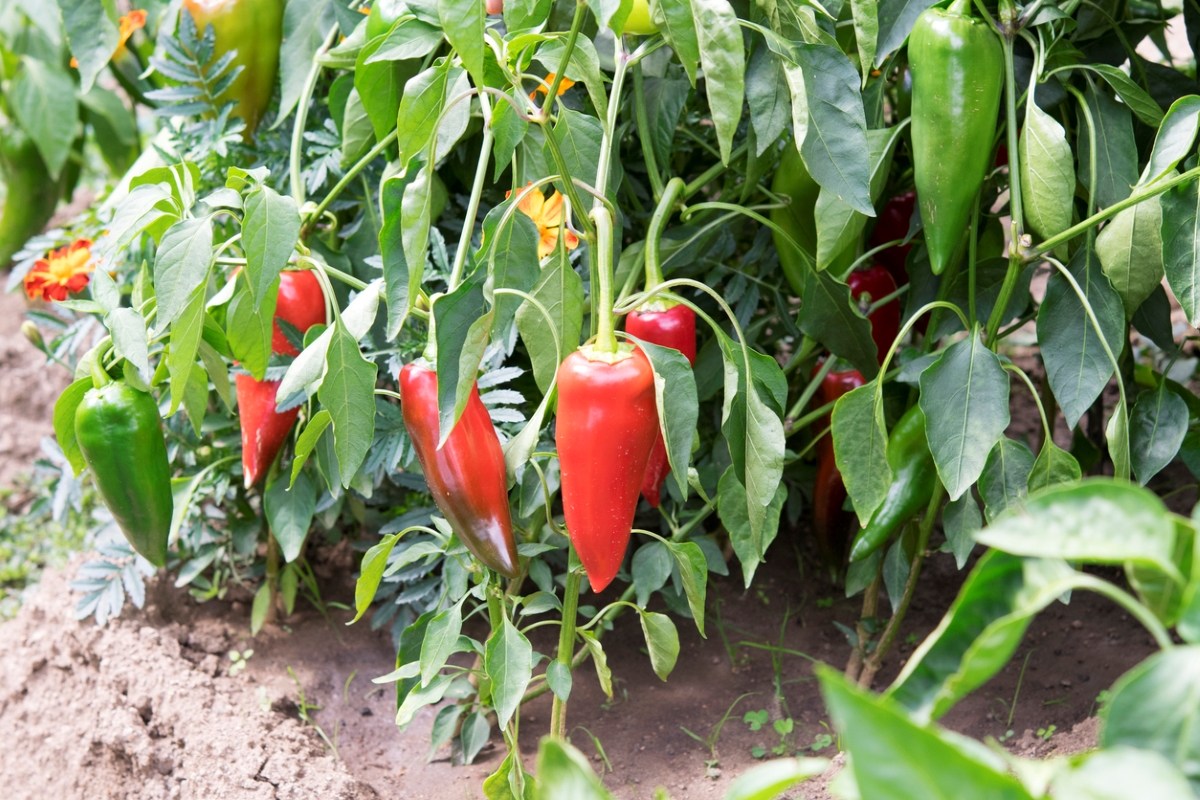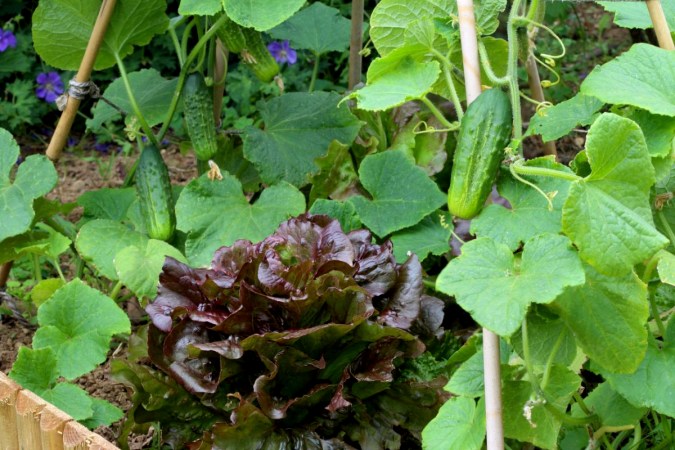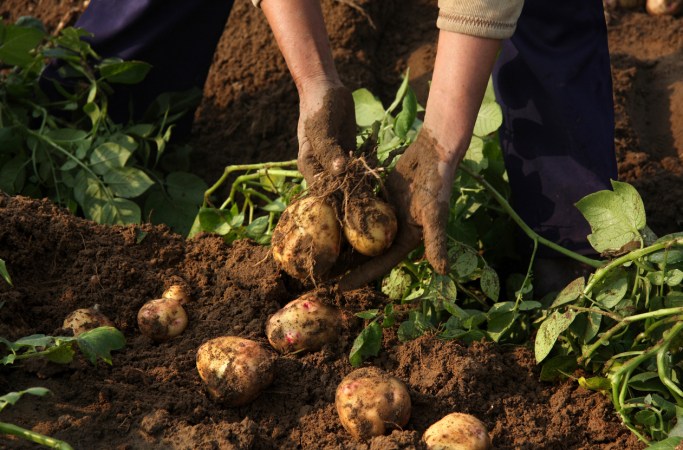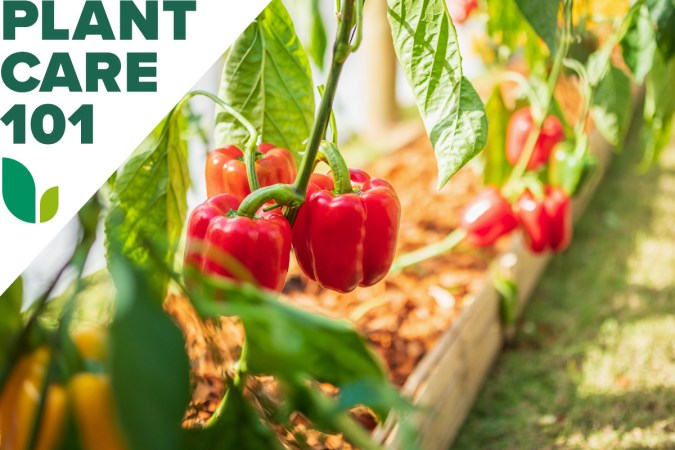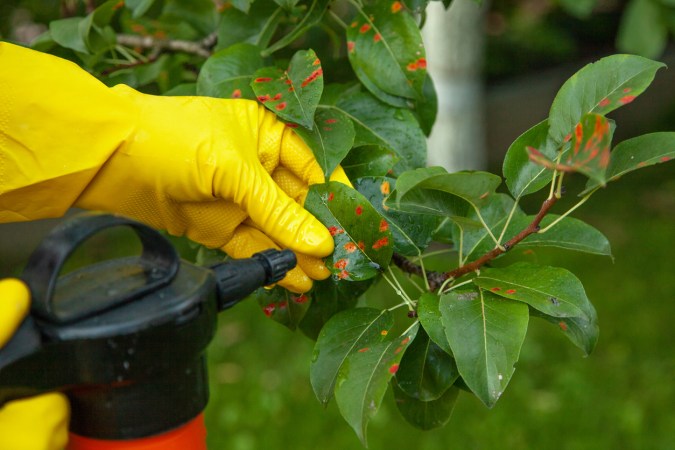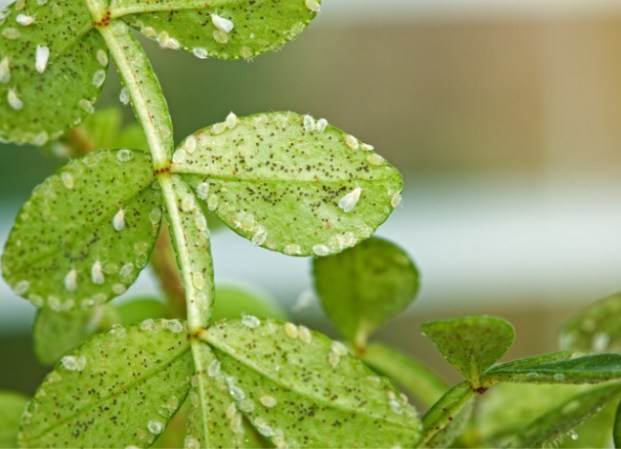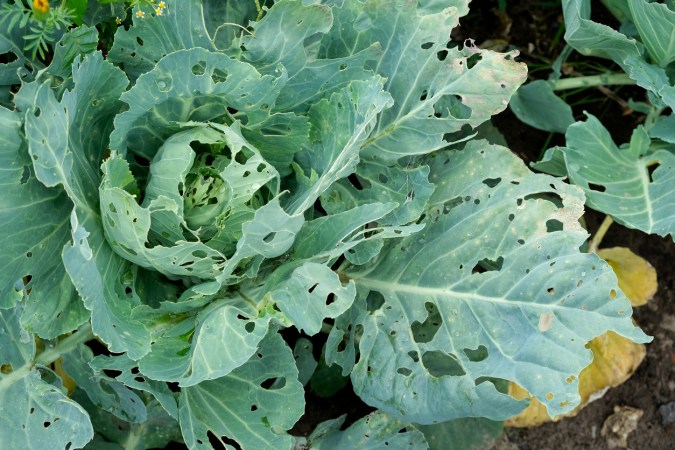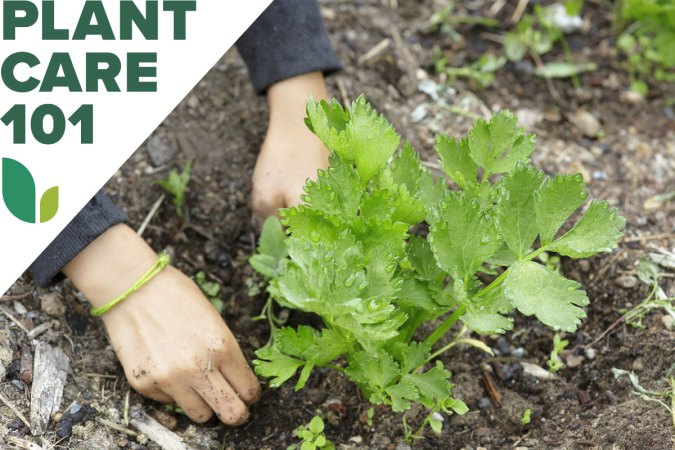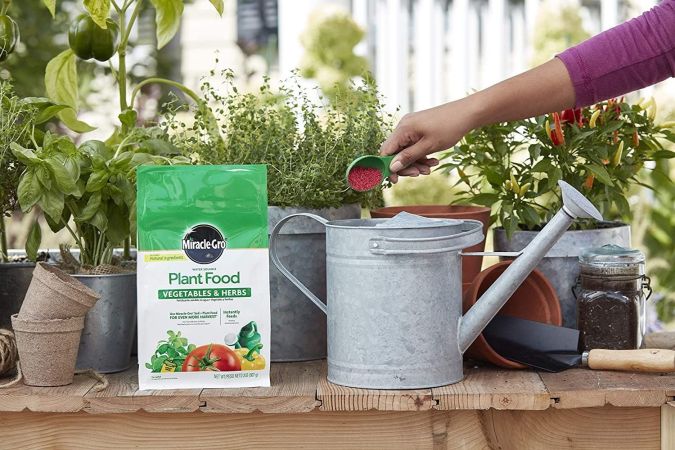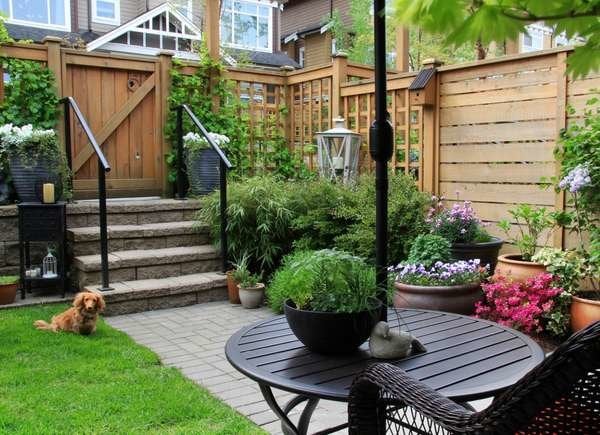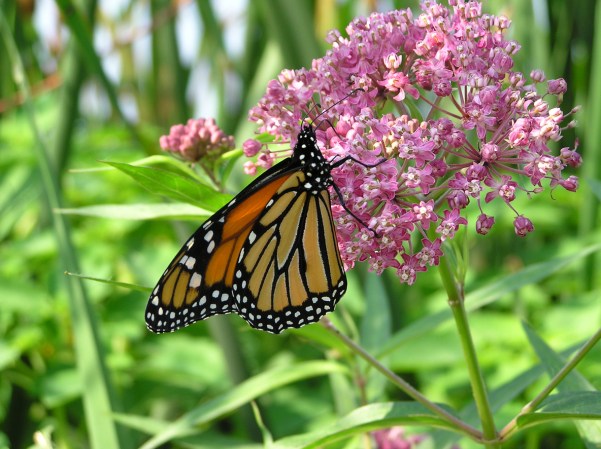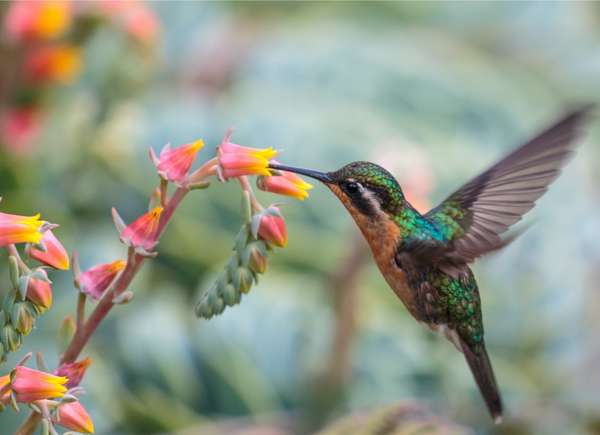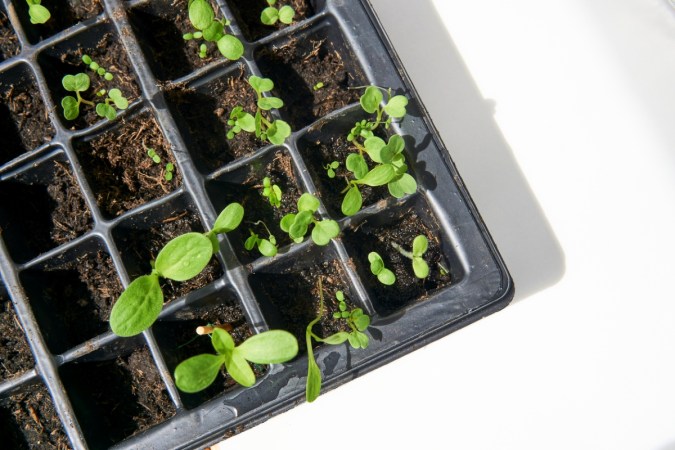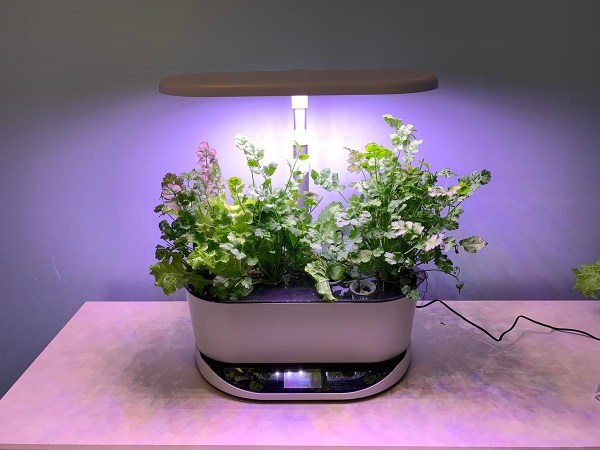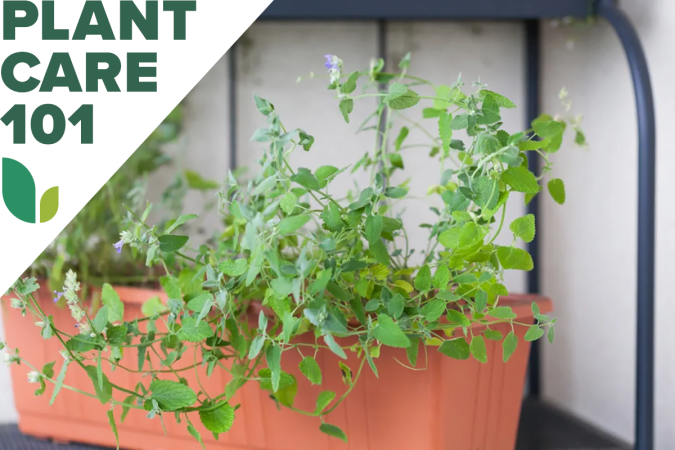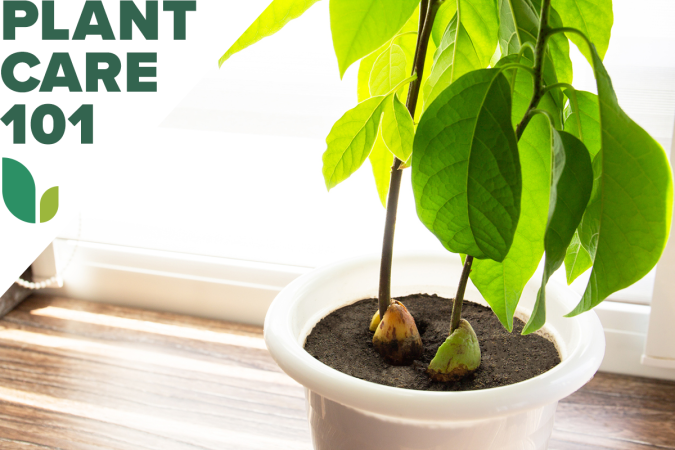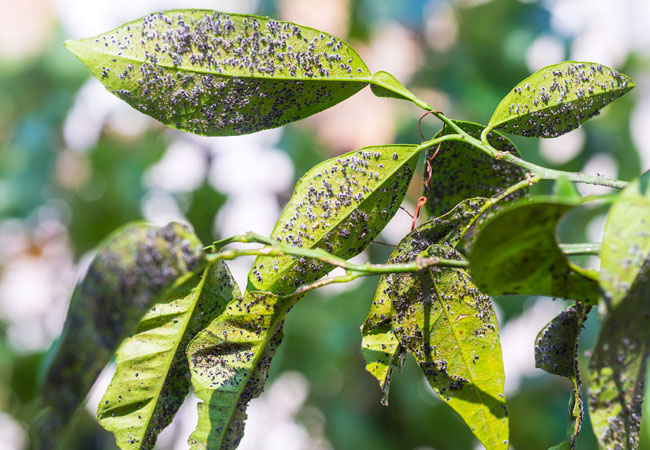We may earn revenue from the products available on this page and participate in affiliate programs. Learn More ›
Companion planting—the practice of growing compatible plants near each other—can benefit the pepper plants in your garden in several ways. Some drive off destructive pests, attract beneficial insects like pollinators, and suppress weeds, while others can enhance plant growth, add nitrogen to deficient garden soil, provide shade, and even serve as trellises. One example can be found in the Three Sisters model, first used in early Mesoamerica, which combined maize, beans, and squash to provide trellis support, soil nitrogenation, and pest deterrence for one another.
With a little planning, you can plant companion plants for peppers to give your spicy veggies some (or all) of the same advantages. Simply select your favorite pepper plant companions based on the effects you’re trying to achieve and your garden will do the rest.
Pepper Companions: Pests, Disease, Beneficial Insects
There are almost too many types of pepper plants to count, and they’re all susceptible to a host of pests and diseases—beetles, aphids, cutworms, blight, pepper leaf spot, blossom-end rot, and more. Fortunately, these pepper companion plants can help minimize those troubles.
Marigold (Tagetes)
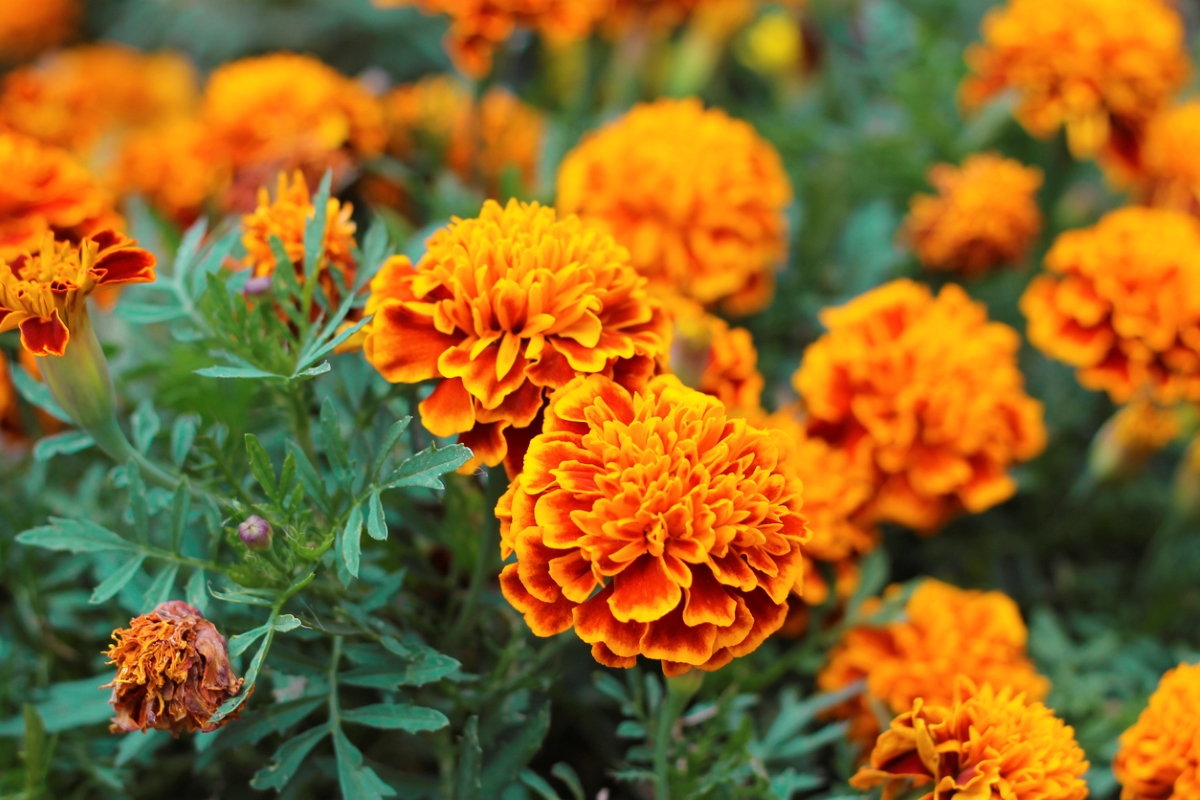
Marigolds, well-known companion plants for many vegetables, are herbaceous annuals with cheerful yellow and orange flowers. “The scent of marigolds is known to deter aphids and other pests,” notes Daniel Powers, MS, founder of the Botanical Institute.
“They can also help in breaking the nematode cycle in the soil,” adds Mary Jane Duford, certified master gardener and founder of Home for the Harvest. “Marigolds can also attract beneficial insects like ladybugs and lacewings. Ladybugs eat pests like aphids, mites, scale insects, and even small caterpillars. Lacewings feed on aphids, mites, thrips, and caterpillar eggs.”
Best For: Repelling nematodes, aphids, and other pests; attracting beneficial insects
Our Recommendation: Get Marigold Seeds at True Leaf Market for $4.09
Nasturtium (Tropaeolum)
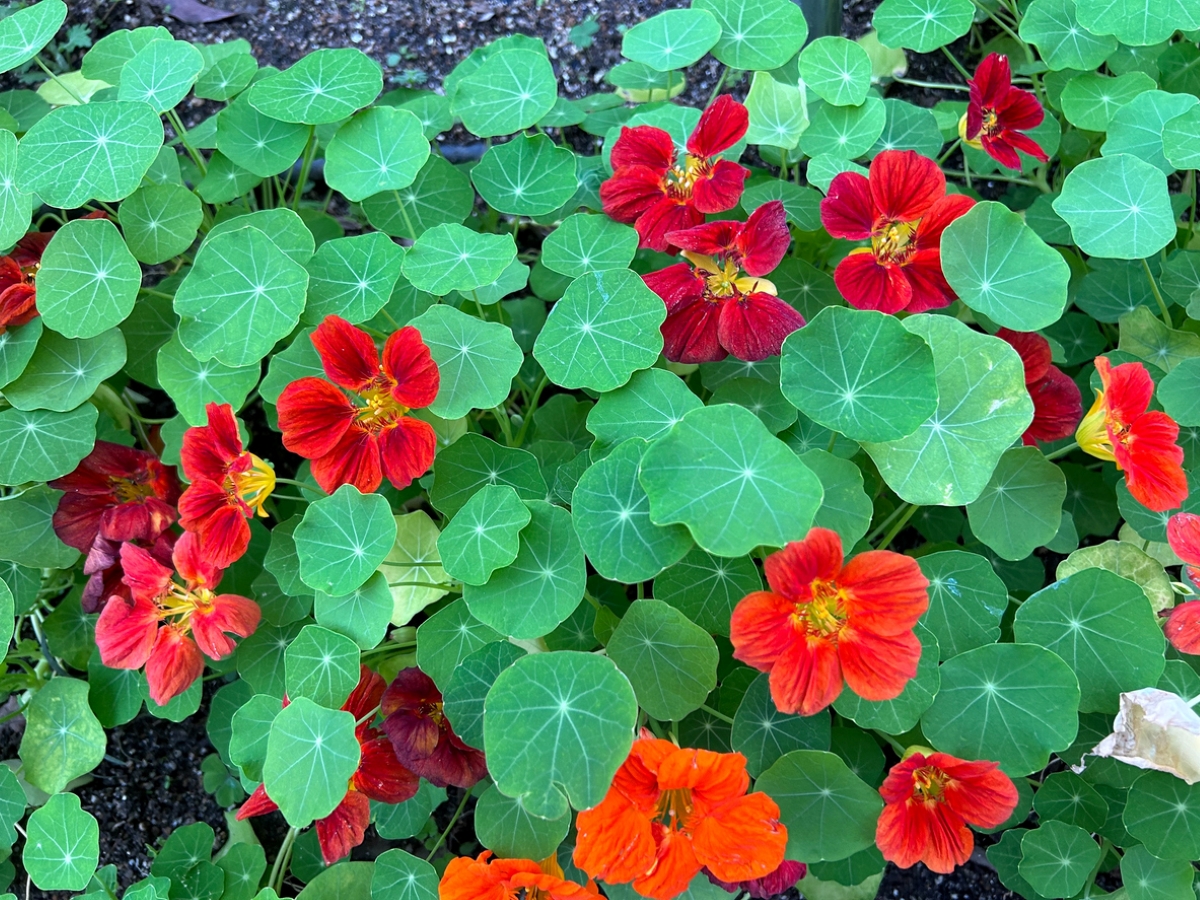
An annual with round leaves and jewel-toned flowers, nasturtiums are a gardening favorite, both for their beauty and their usefulness.
“Nasturtiums are a trap crop for aphids,” Duford says, “luring them away from peppers.” When it comes to pepper companion planting, nasturtiums offer numerous benefits because they attract pollinators, supply shade, and break up soil for the improved aeration of plant roots.
Best For: Trapping aphids, attracting pollinators, providing shade, and improving soil
Our Recommendation: Get Nasturtium Seeds at Eden Brothers for $4.49
Chives (Allium schoenoprasm)
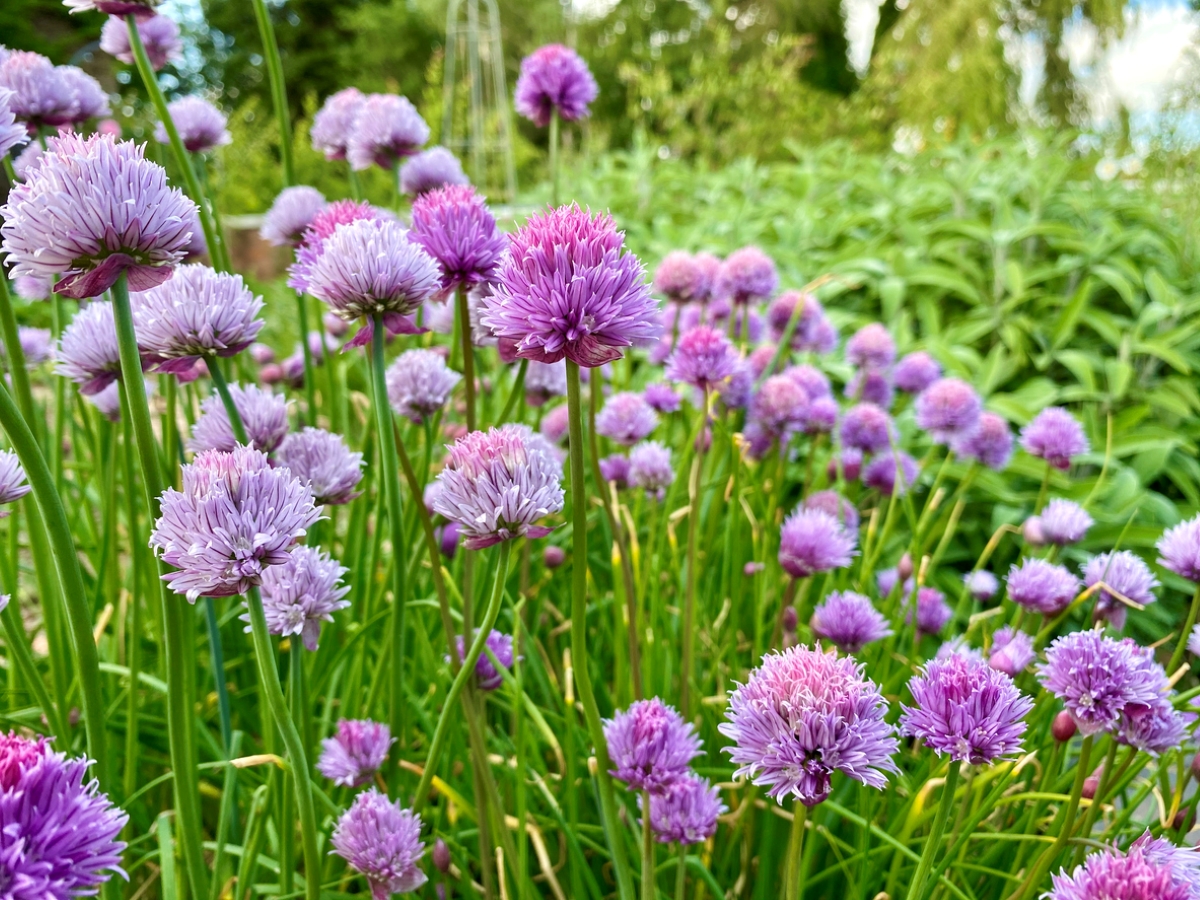
A relative of onions and garlic, chives are drought- and cold-tolerant perennials that grow tall and produce edible purple flowers. “Chives can deter aphids and other pests, while also enhancing the flavor and growth of pepper plants,” says Powers.
Their cousins, onions, scallions, and garlic, are equally good for companion planting with peppers as they also repel aphids, mites, and slugs, as well as generally improve the health of pepper plants. Duford advises planting chives and its kin around and between peppers for the best pest control results.
Best For: Repelling aphids and other pests
Our Recommendation: Get Chive Seeds at Burpee for $4.45
Snapdragon (Antirrhinum majus)
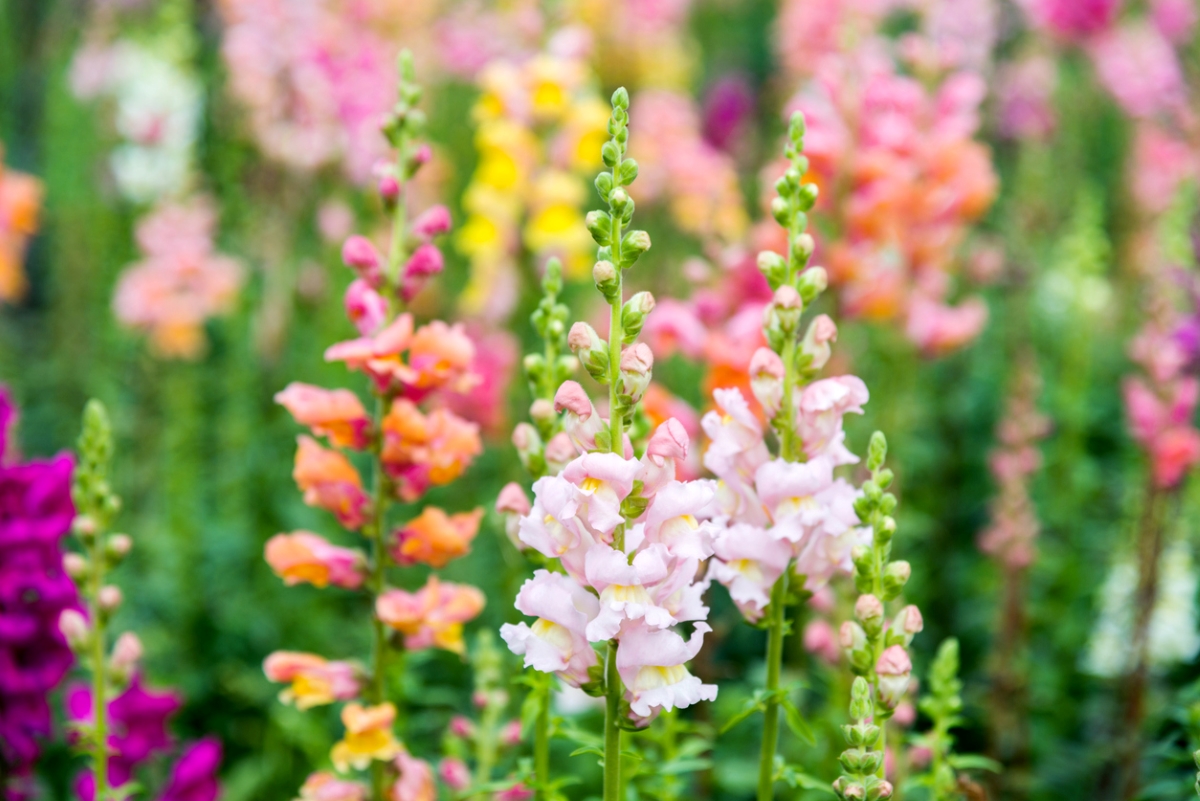
Short-lived perennials with bright, multicolor flowers that resemble the nose of their mythical namesake, it’s also common to grow snapdragons as annuals. As with other tubular flowers (including Baptisia, lupine, phlox, and bee balm), these moisture-loving plants attract bumblebees. “Their long tongues can access these flowers, aiding in pepper plant pollination through flower jostling to release pollen,” Duford explains.
Best For: Attracting pollinators, such as bumblebees
Our Recommendation: Get Snapdragon Seeds at Eden Brother for $6.29
Basil (Ocimum basilicum)
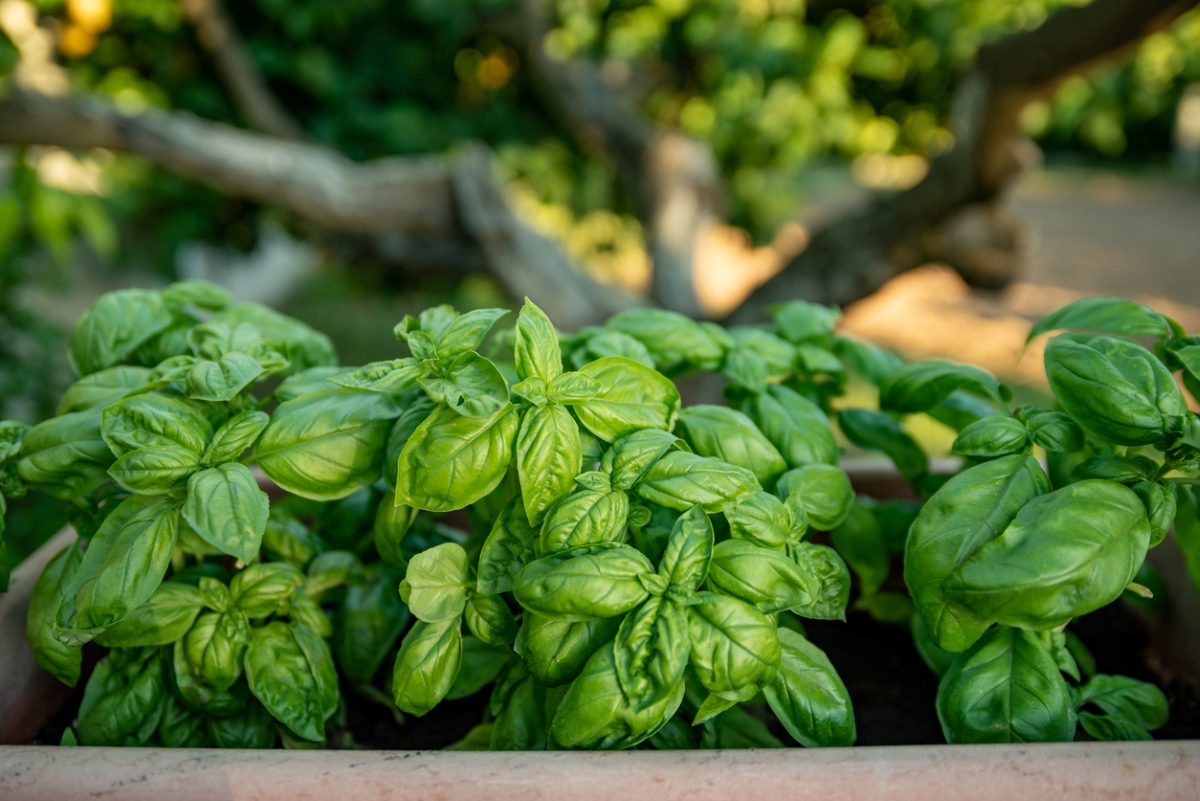
Basil’s strong scent repels thrips, mosquitoes, and flies. It “grows quickly and covers the ground, trapping heat and moisture that peppers love,” says Dan Bailey, president, WikiLawn Lawn Care in Tampa, FL.
Both basil and pepper plants need similar growing environments, says Diane Kuthy, founder and lead gardening expert at How to Grow Everything. And if you allow basil to flower, it will attract bees and other pollinators. Additionally, basil even enhances the flavor of peppers when grown as a companion plant.
Best For: Repelling pests, attracting pollinators, trapping heat and moisture, and enhancing pepper flavor
Our Recommendation: Get Basil Seeds at Walmart for $2.46
Pepper Companions: Soil Structure, Nutrients, Flavor
Whether you’re growing bell pepper plants or any other pepper variety, selecting certain plants can add beneficial nutrients to the soil, improve soil structure, or even enhance the flavor of the peppers themselves.
White Clover (Trifolium repens)
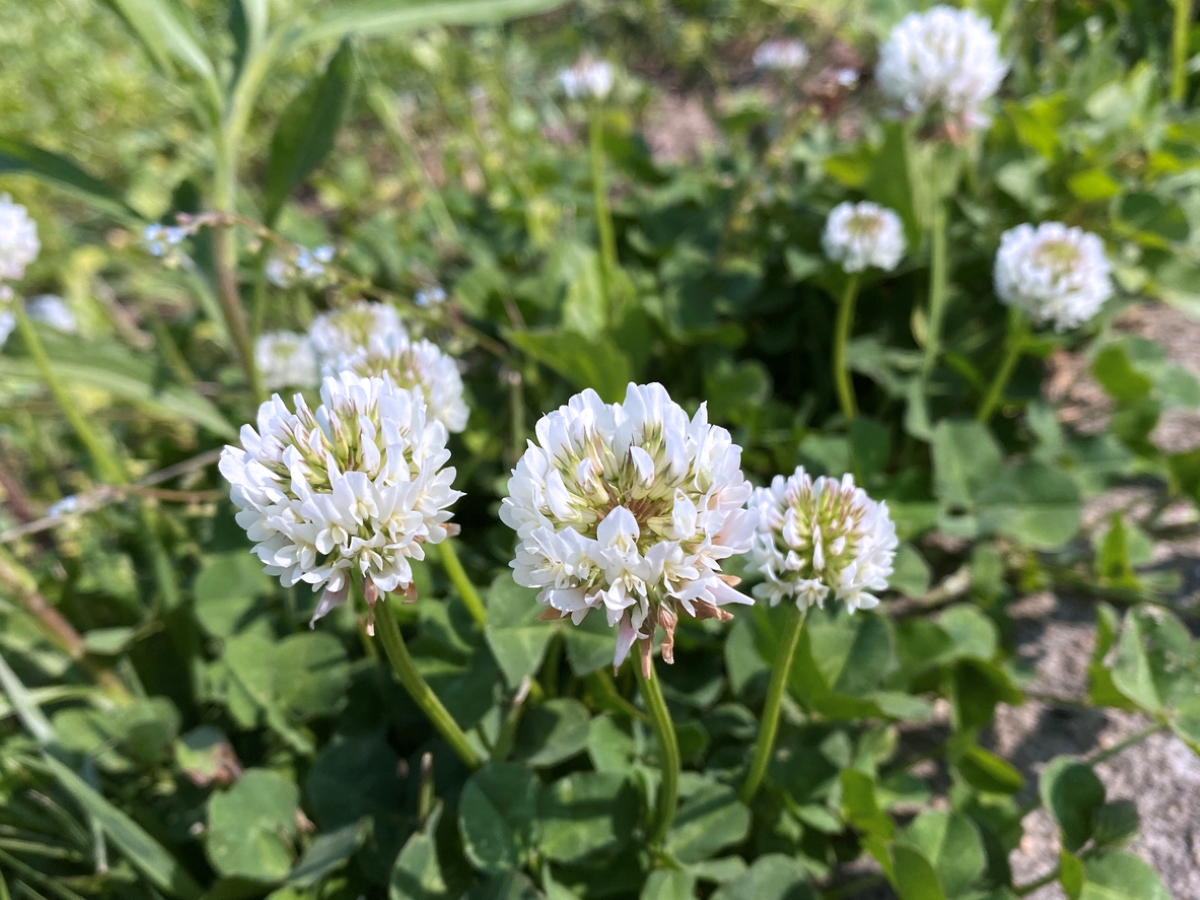
Pepper plants are heavy feeders and need a lot of nitrogen, Kuthy says. “White clover adds a ton of nitrogen to the soil per year.” It belongs to the bean family and provides the same benefits as bean companions without the fuss.
“It is a perennial ground cover plant that also acts as a mulch to help protect the soil from moisture loss,” says Kuthy. Additionally, white clover blossoms have a sweet fragrance and attract beneficial pollinators to your garden.
Best For: Providing a source of nitrogen and erosion control, as well as attracting pollinators
Our Recommendation: Get White Clover Seeds at Gardener’s Supply Company for $9.99
Cowpeas (Vigna unguiculata)
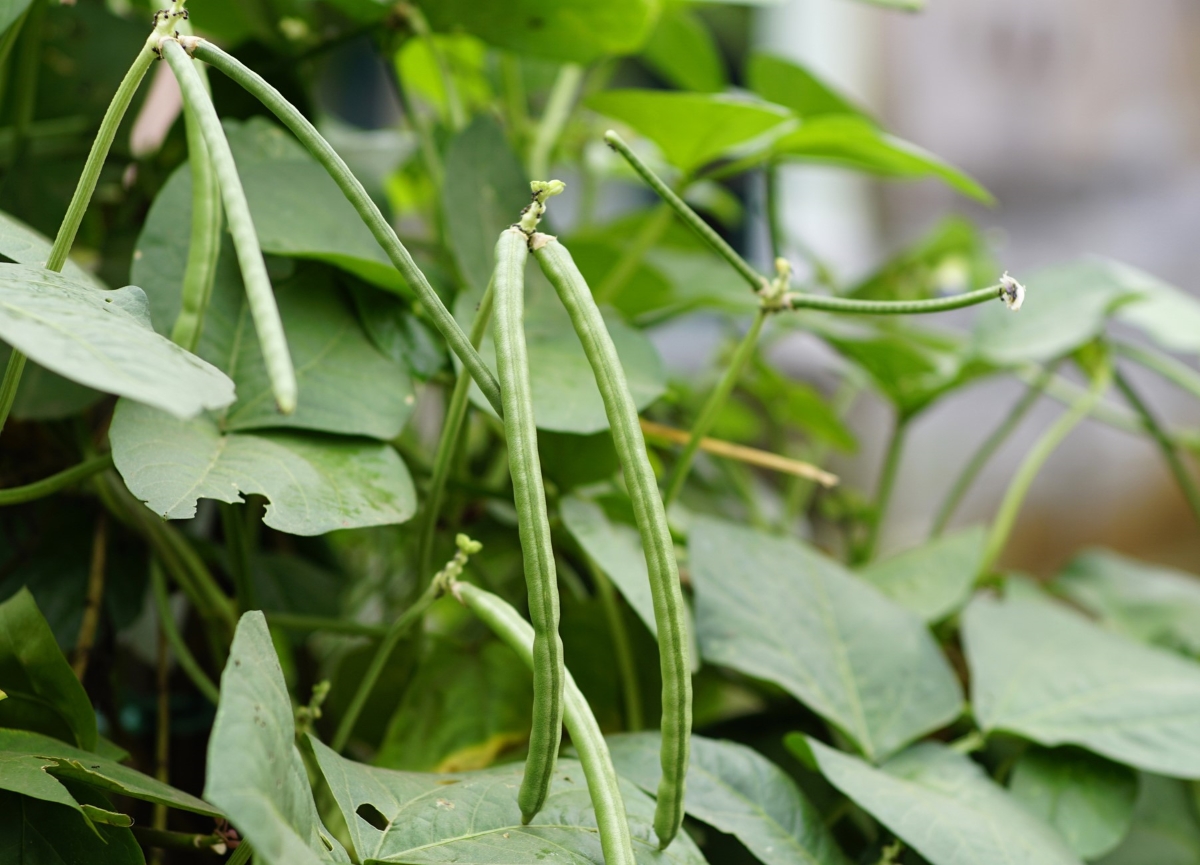
Also known as black-eyed peas or field peas, cowpeas are technically beans. Available in bush and vine varieties, they produce kidney-shaped “peas” in a range of colors.
“Cowpeas capture nitrogen that the pepper crops can use,” Duford explains. “They also keep weeds down by inhibiting seed germination and competing for light, acting as a living mulch.” They can be grown as a cover crop to improve soil health and tilth, reducing the need to add fertilizer.
Best For: Adding nitrogen and preventing weeds
Our Recommendation: Get Cowpea Seeds at Burpee for $4.95
Carrot (Daucus sativus)
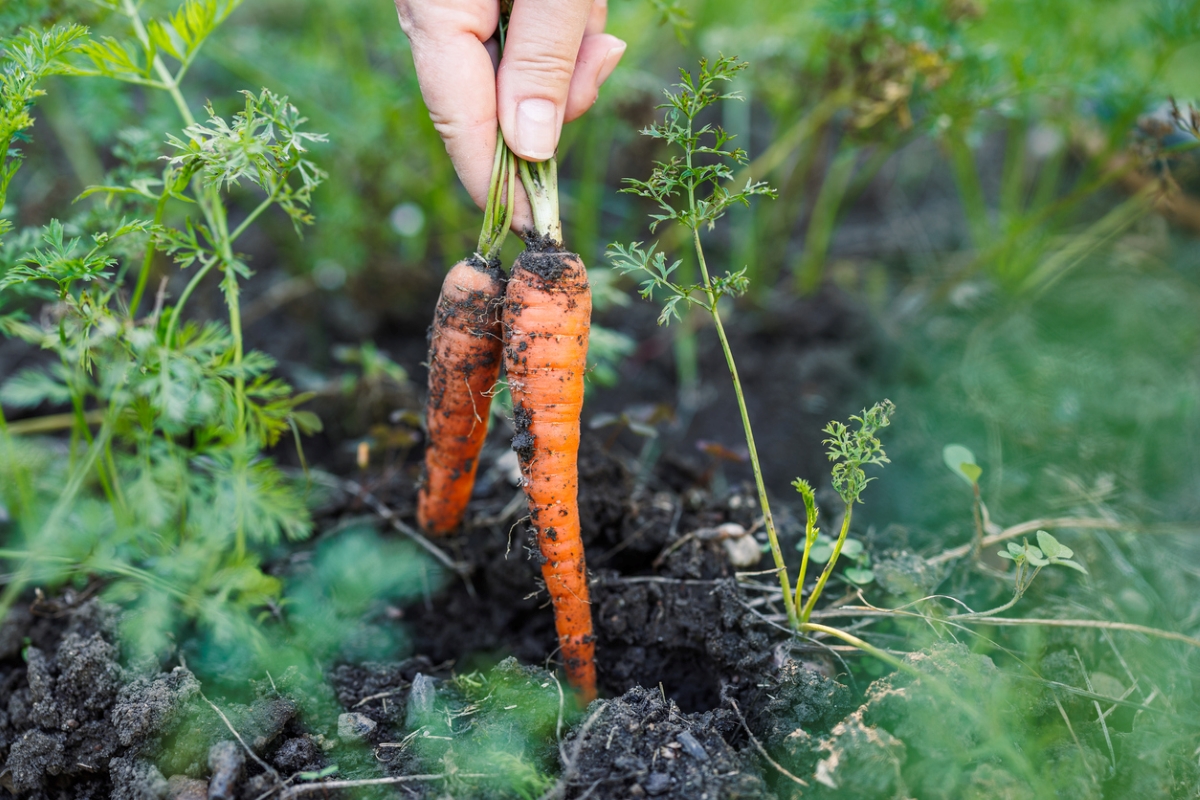
As a root vegetable, carrots make good bell pepper companion plants. “Carrots have deep roots that loosen the soil, breaking it up for future pepper plants,” Duford explains. Their big tap roots alleviate compacted soil and allow the pepper plants to grow deep roots.
Carrots also create a sort of “living mulch” that reduces weed growth and retains moisture in the soil, and they attract beneficial insects such as ladybugs and lacewings.
Best For: Weed prevention and loosening the soil
Our Recommendation: Get Carrot Seeds at True Leaf Market for $2.49
Bee balm (Monarda)
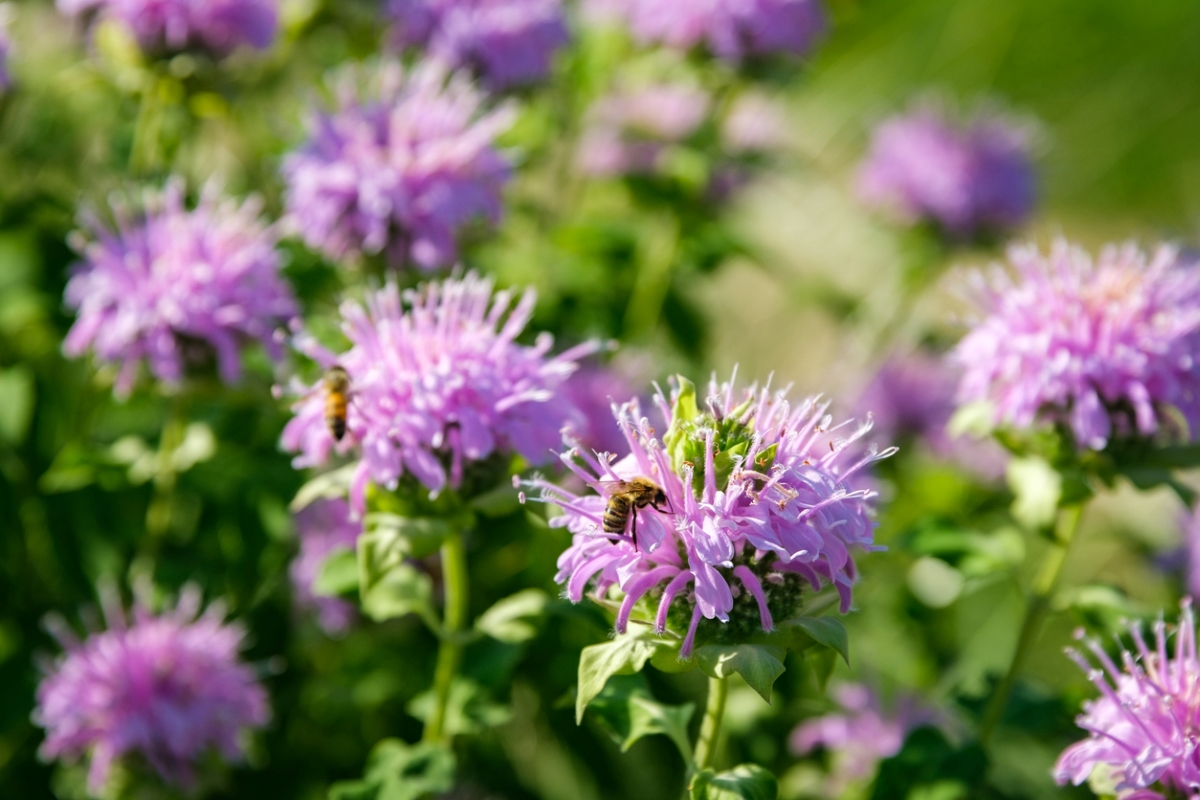
“Tubular flowers such as snapdragon, baptisia, lupin, phlox, and bee balm attract bumblebees,” Duford says. A member of the mint family, bee balm is an aromatic herb that produces colorful poofs of flowers that attract bees and other pollinators. When planted near pepper plants, bee balm, like basil, can improve the flavor of peppers.
Best For: Attracting pollinators and improving pepper flavor
Our Recommendation: Get Bee Balm Seeds at Eden Brothers for $5.79
Beans (Phaseolus vulgaris)
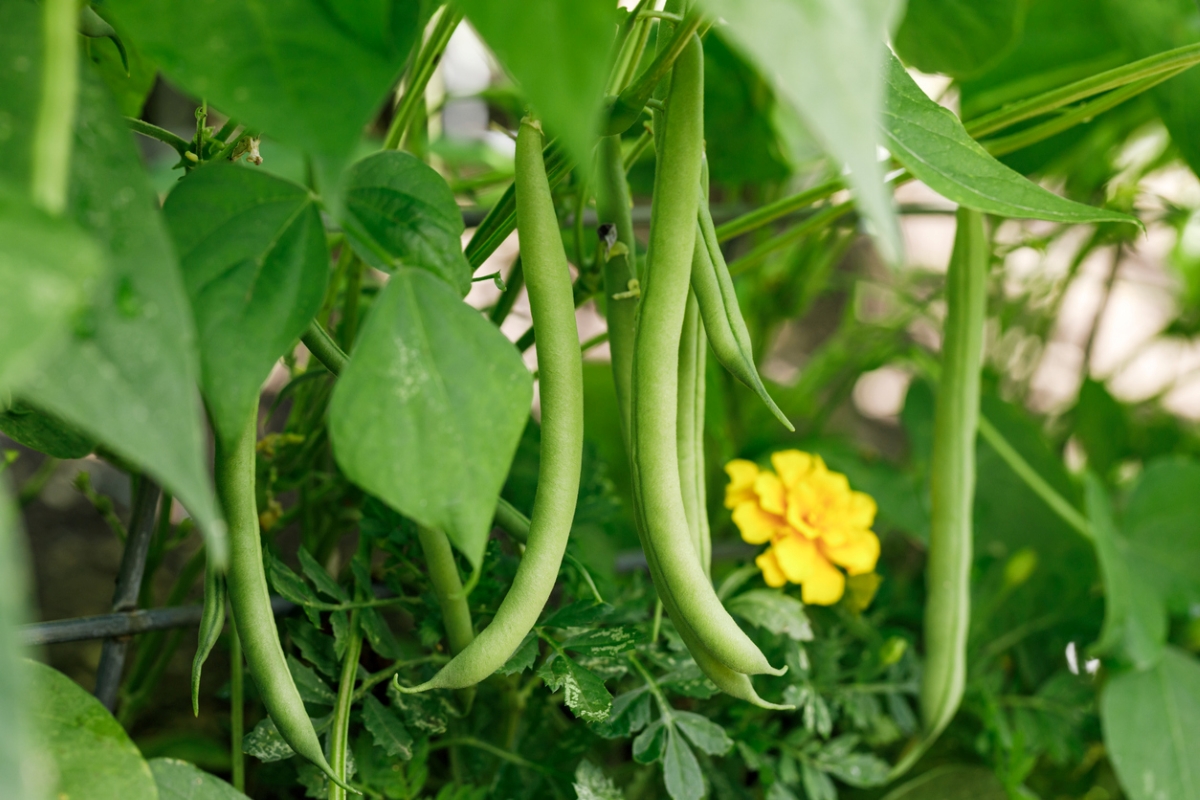
One of the Three Sisters, beans are known for providing nitrogen to the soil. Beans and other legumes reduce the need for chemical fertilizers. Some bush varieties can provide needed shade for pepper plants and serve as a wind block, especially if planted densely while spacing pepper plants approximately 18 inches apart.
Best For: Providing nitrogen and sometimes shade
Our Recommendation: Get Bush Bean Seeds at True Leaf Market for $2.99
Pepper Companions: Space, Conditions, Growth Habit
Compatibility comes in many forms. Some plants add nutrients to the soil or attract pollinators. Other garden buddies may have similar growing habits, such as tomatoes, okra, basil, eggplant, or, like radishes and carrots, can be grown in the pepper plant’s shade to boost maximum efficiency of the growing space without harming roots.
Radish (Raphanus sativus)
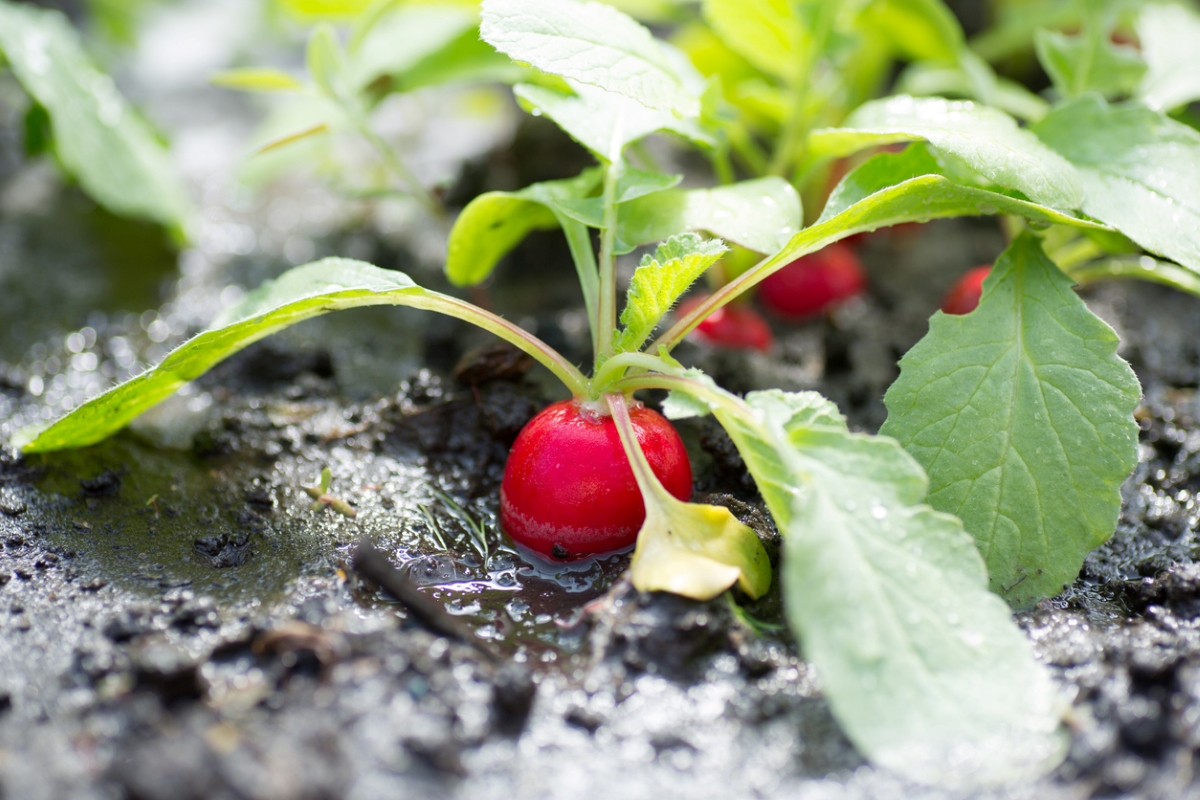
Radishes are small root vegetables in the cabbage (Brassicaceae) family. This cool-season annual matures quickly, helping to deter pests over its brief lifetime.
“Radishes are also great complementary plants to grow near peppers because they can be grown in the shade of the pepper plant to help with maximum efficiency of your growing space without harming your pepper roots,” Kuthy points out. Peppers can benefit from the soil cover provided by radishes.
Best For: Deterring pests and growing in the shade of the pepper plants
Our Recommendation: Get Radish Seeds at Burpee for $5.45
Dill (Anethum graveolens)
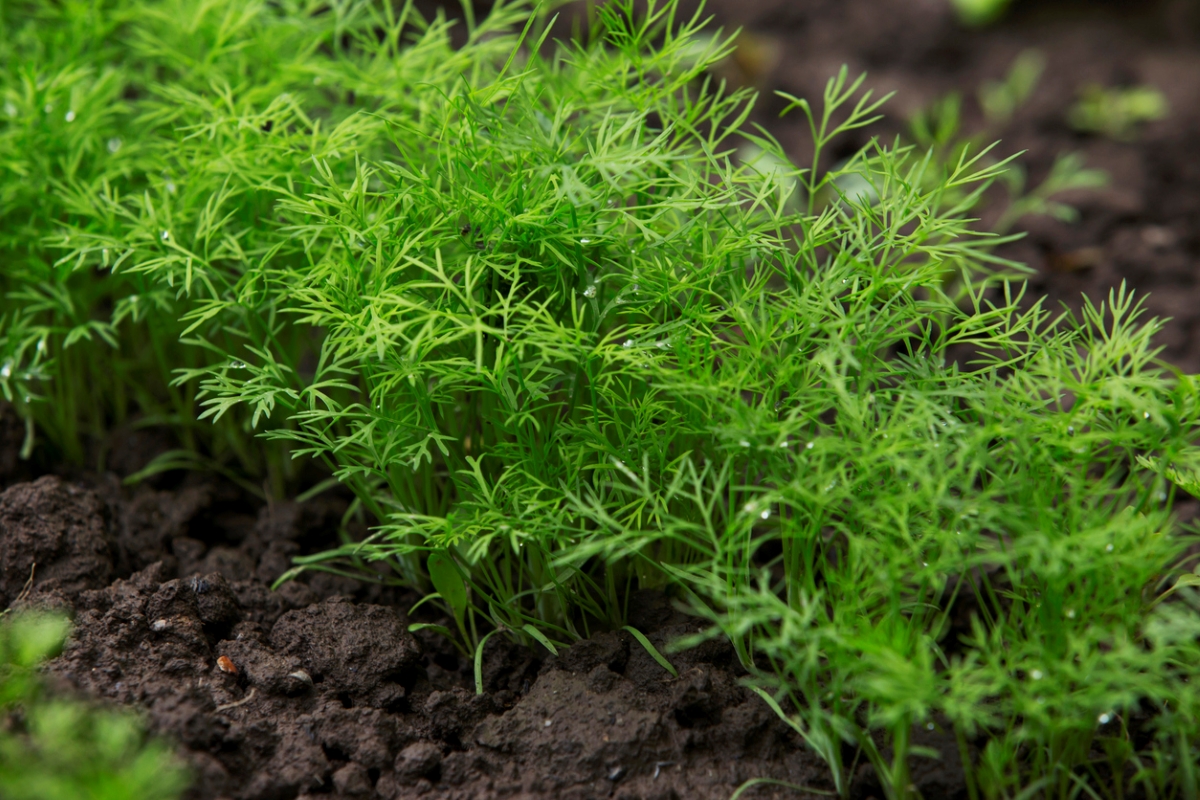
Dill is a tall perennial herb with feathery, fragrant leaves. Preferring warm climates and loads of sun, dill attracts beneficial insects and repels harmful ones.
“Tall herbs (like dill) can provide partial shade to peppers during the hottest part of the day, reducing stress on the plants,” Powers says. “However, they should be planted strategically to avoid excessive shading.” It also enhances pepper flavor.
Best For: Attracting beneficial insects and providing shade
Our Recommendation: Get Dill Seeds at True Leaf Market for $2.49
Spinach (Spinacia oleracea)
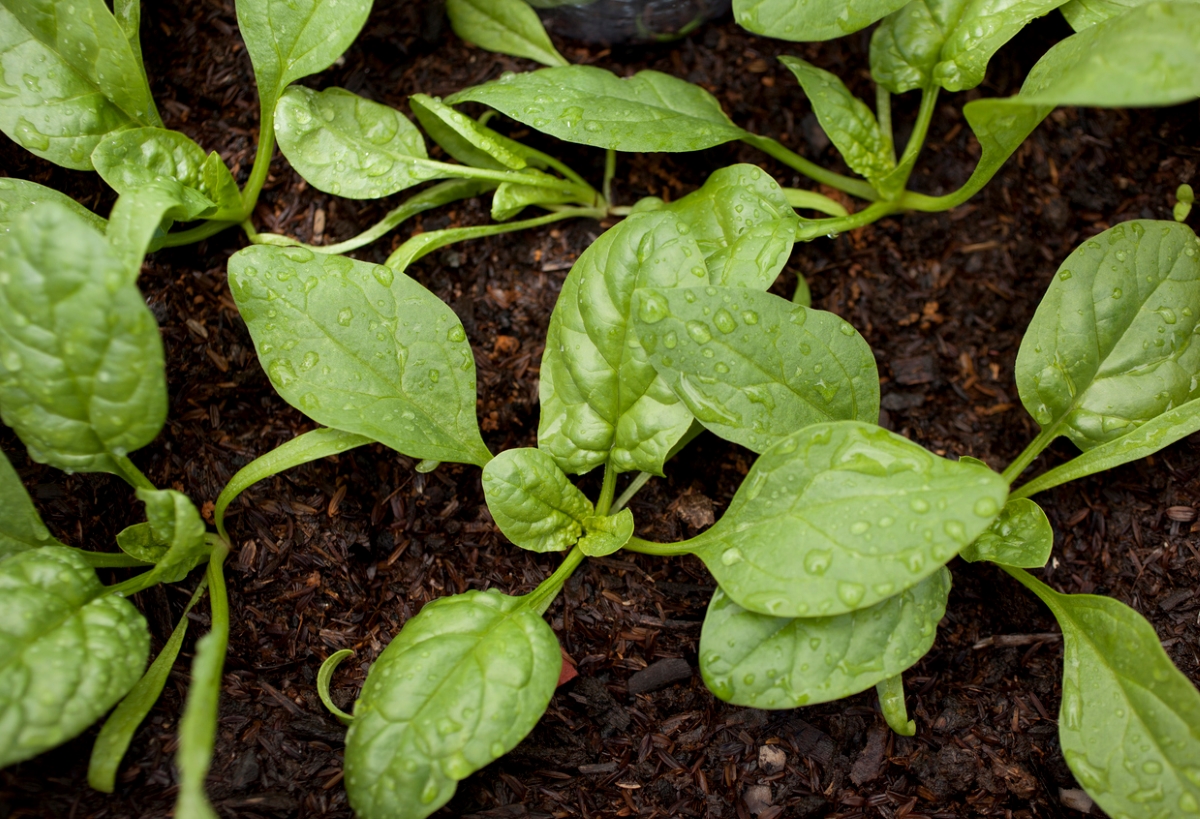
This low-growing cool crop won’t steal sunshine or space from pepper plants. It can serve as a ground cover to prevent weed growth while helping the soil stay cool so it can retain moisture, or be harvested early to offer up more room for peppers.
“Spinach can be a good companion for peppers because it can grow in the partial shade provided by the pepper plants,” Powers says. “This leafy green prefers cooler temperatures, so the shade provided by pepper plants can extend its growing season.
Best For: Ground cover to keep soil moist
Our Recommendation: Get Spinach Seeds at Eden Brothers for $6.29
Cucumbers (Cucumis sativus)
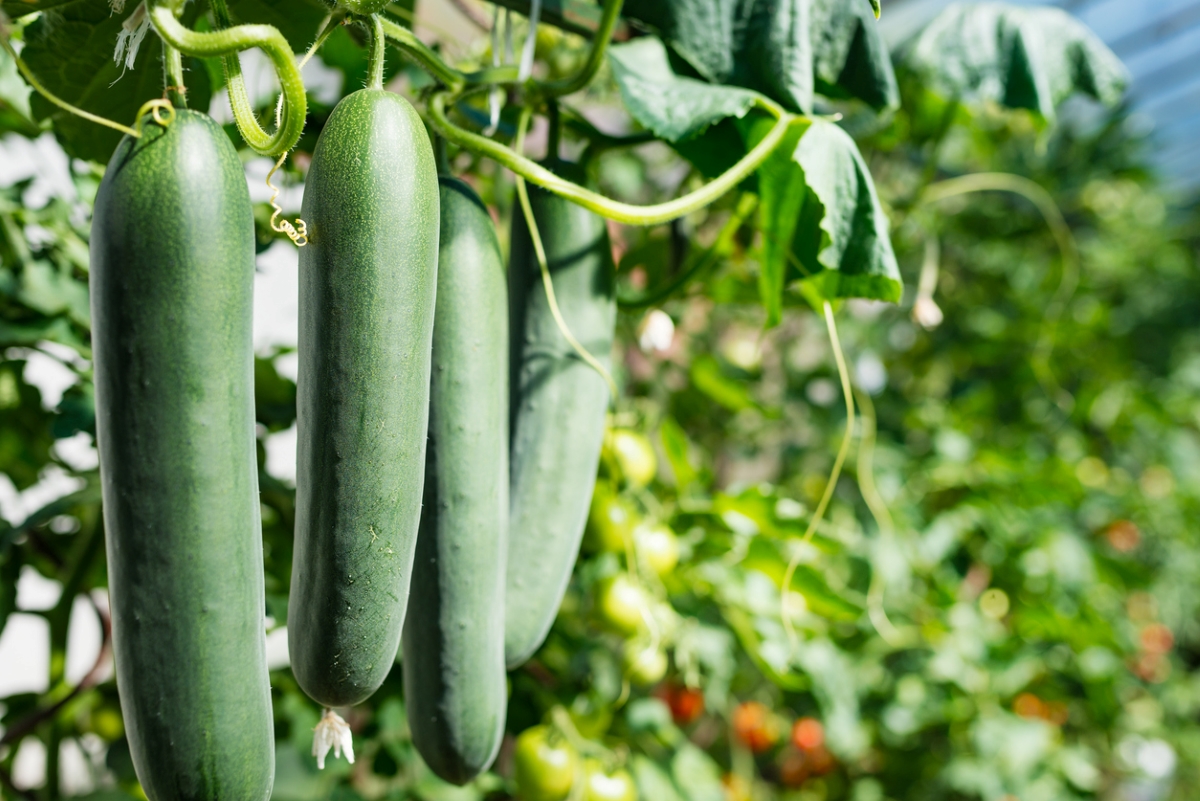
Cucumbers enjoy full sun, rich soil and consistent watering. According to Duford, “Cucumbers share similar water and light needs, making them compatible neighbors when planted in a configuration where they don’t overshadow each other.” As a sprawling plant, vining varieties can shade the soil, helping it remain cool and retain moisture.
Best For: Sharing growing conditions and helping soil retain moisture
Our Recommendation: Get Cucumber Seeds at Burpee for $6.95
Oregano (Origanum vulgare)
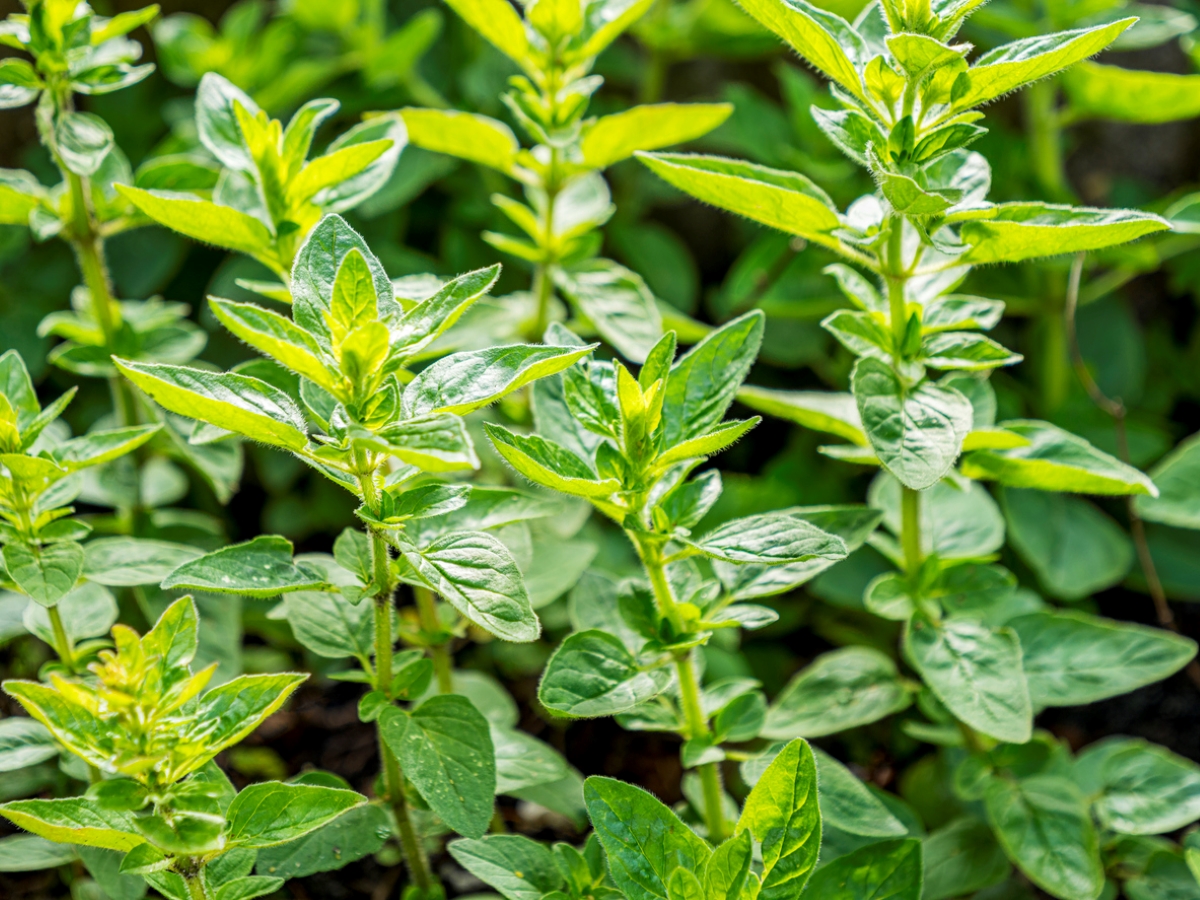
Oregano is a perennial herb that belongs to the mint family. It’s commonly used in Greek and Italian cuisine. Because its trailing stems spill over, it can save space when planted in raised beds or containers. In the garden, Duford says its low-spreading nature makes it a good ground cover. She adds, “It also attracts beneficial insects while repelling pests with its herbal scent.”
Best For: Attracting pollinators and repelling pests without taking up much space
Our Recommendation: Get Oregano Seeds at Eden Brothers for $8.39
5 Plants Never to Grow Near Peppers
Peppers benefit from companion planting—and with some plants, it’s a mutually advantageous relationship. But peppers don’t do well planted next to certain plants, so plan your garden accordingly.
Allelopathy is a biological phenomenon in which one plant inhibits the growth of another. These are the plants that you should never grow near peppers.
- Anything in the cabbage family: kale, broccoli, brussel sprouts, cauliflower. They will out-compete peppers for nutrients, have different soil acidity requirements, can inhibit pepper growth, and can attract garden pests.
- Potatoes. This nightshade will compete for nutrients, could cause pest and disease issues, and harvesting them could disrupt pepper plant roots.
- Apricot trees. They can transfer fungal diseases to peppers.
- Fennel. It gives off a chemical called anethole that stunts the growth of peppers by interfering with the metabolic processes critical for plant growth. It also competes for nutrients and attracts pests, such as aphids, that are harmful to peppers.
- Strawberries. Peppers can encourage the growth of a fungus called verticillium, which can kill strawberries.

